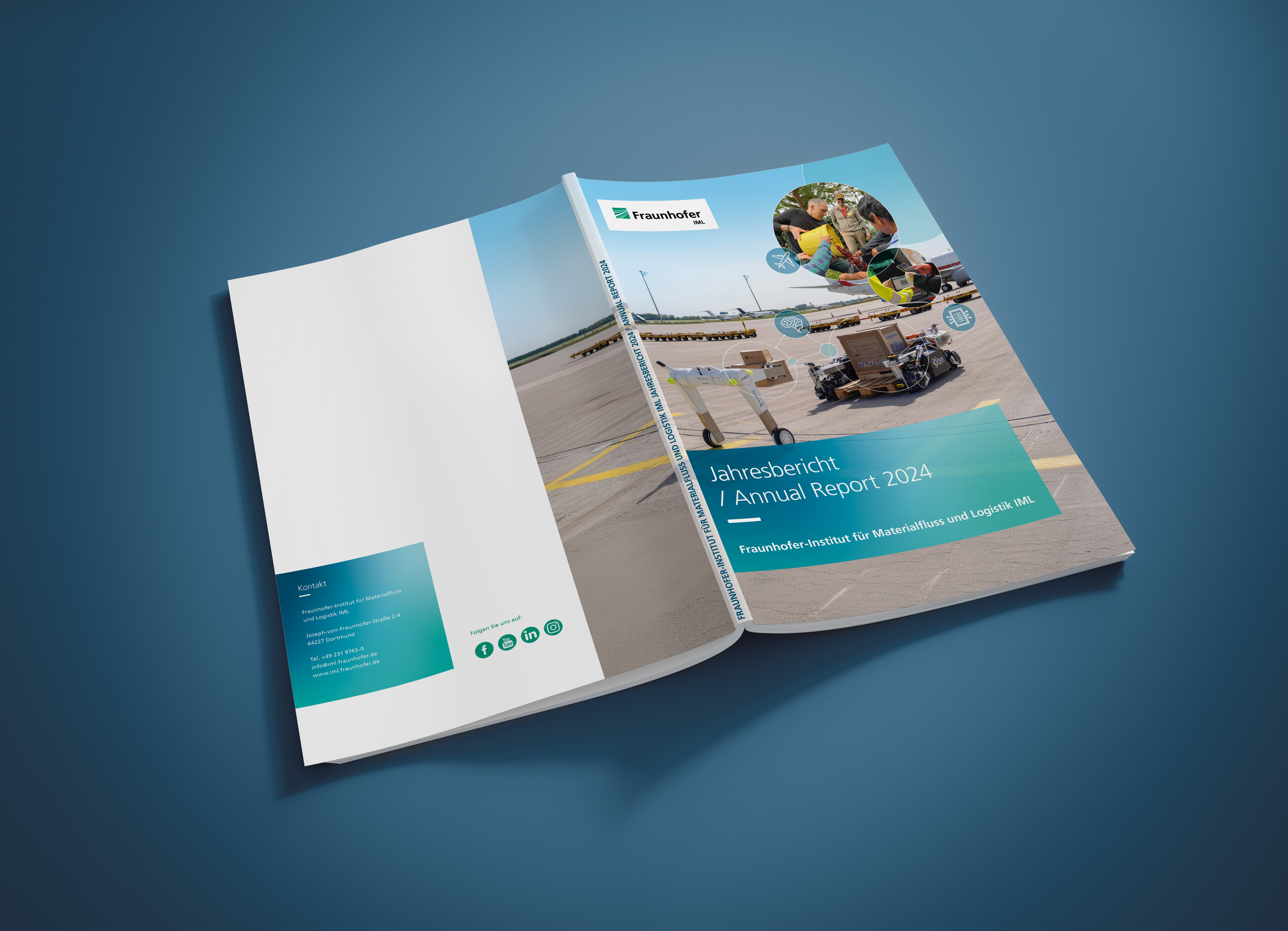
The Annual Report 2024 provides a comprehensive insight into current research projects, new collaborations and strategic developments relating to logistics, digitalisation and AI. The appointment of Prof Dr Alice Kirchheim marks the beginning of a new era that combines technological innovation and sustainable transformation. Anyone who wants to know how the future is being shaped in logistics will find exciting ideas and starting points.
 Fraunhofer Institute for Material Flow and Logistics IML
Fraunhofer Institute for Material Flow and Logistics IML